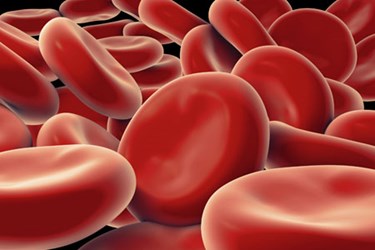Researchers Turn Stem Cells Into Blood
By Joel Lindsey

Using two newly discovered genetic programs, researchers at the University of Wisconsin-Madison (UW) have successfully turned human pluripotent stem cells (hPSCs) into a variety of blood cells — including red blood cells, white blood cells, and megakaryocytes.
“This is the first demonstration of the production of different kinds of cells from human pluripotent stem cells using transcription factors,” Igor Slukvin, a professor in UW’s department of pathology and laboratory medicine and lead researcher on the project, said in a press release published recently by the university. “By overexpressing just two transcription factors, we can, in the laboratory dish, reproduce the sequence of events we see in the embryo.”
For every million stem cells used by researchers in their lab, they were able to produce 30 million blood cells.
The study performed by the research team focused on exploring the natural development of blood during its earliest stages. In particular, researchers looked at when blood cells first emerge in an embryo. Through the course of their examination, Slukvin and the rest of the research team identified two distinct groups of genetic transcription factors that play central roles in the body’s creation of blood cells using stem cells.
Using modified messenger RNA (mRNA) to help direct stem cells toward particular developmental trajectories, researchers were able to recreate the processes of genetic transcription they had observed in natural blood creation.
Having successfully demonstrated the potential viability of their technique, researchers working on the project hope to apply their methods to the creation of other specialized cells that could help treat certain types of diseases. Slukvin also mentioned that this new approach could lead to the development of a novel way to create hematopoietic stem cells — a type of cell that is found in bone marrow and can be used to treat cancers like leukemia and multiple myeloma.
The researchers’ study has been published recently in the journal Nature Communications.
